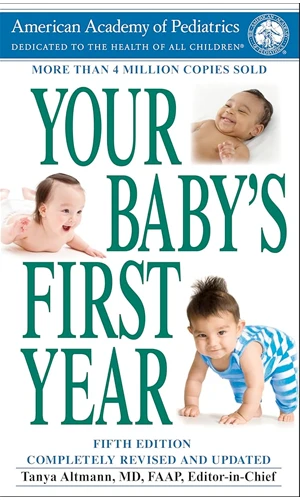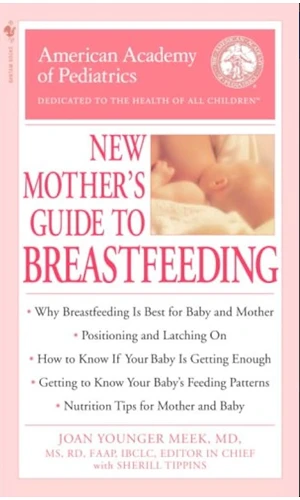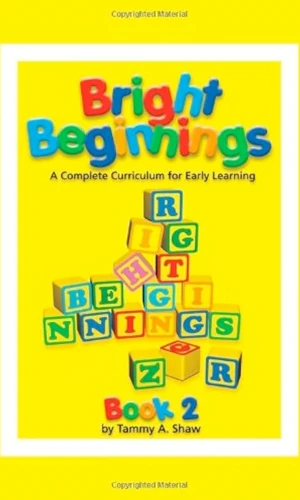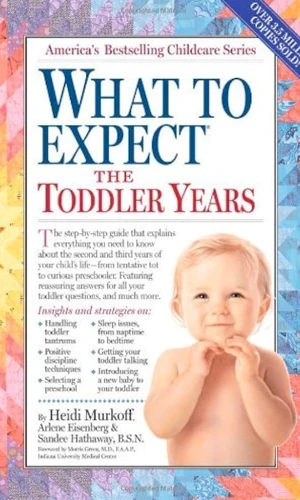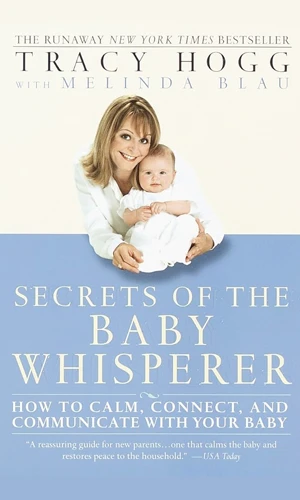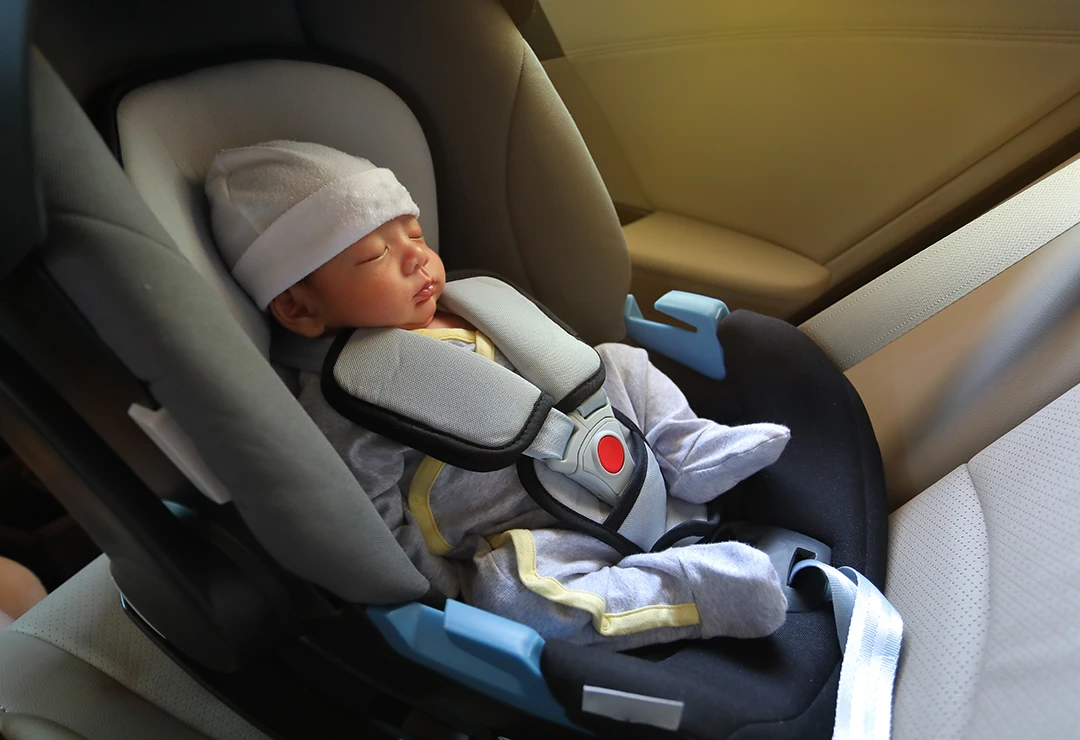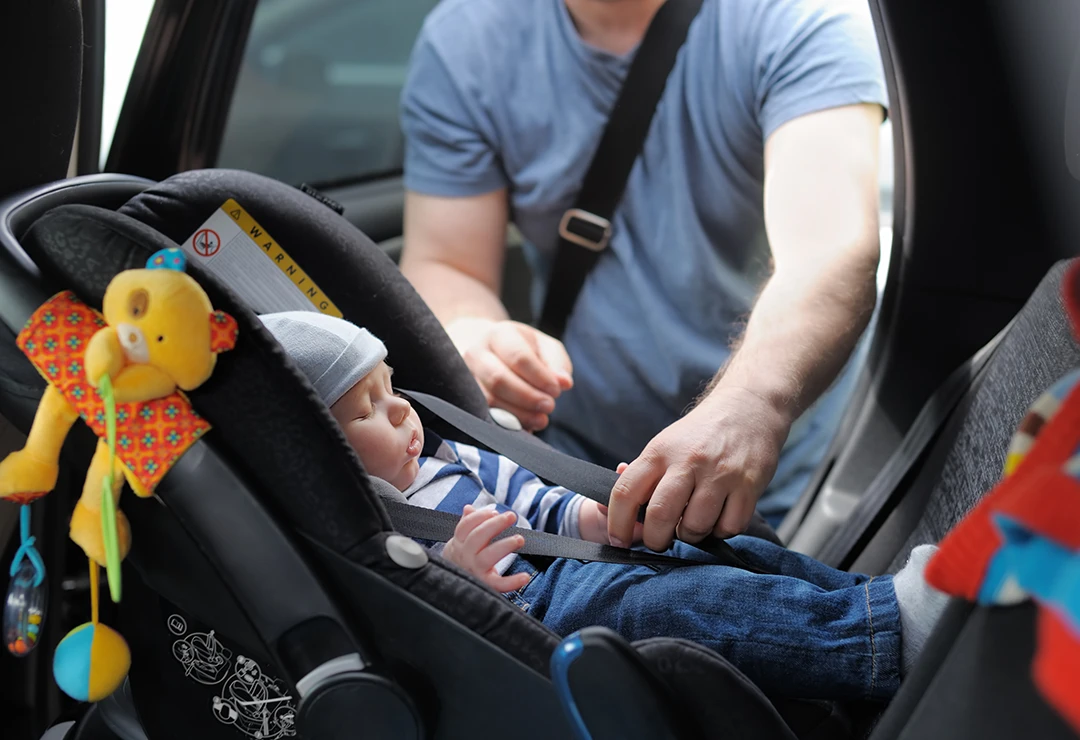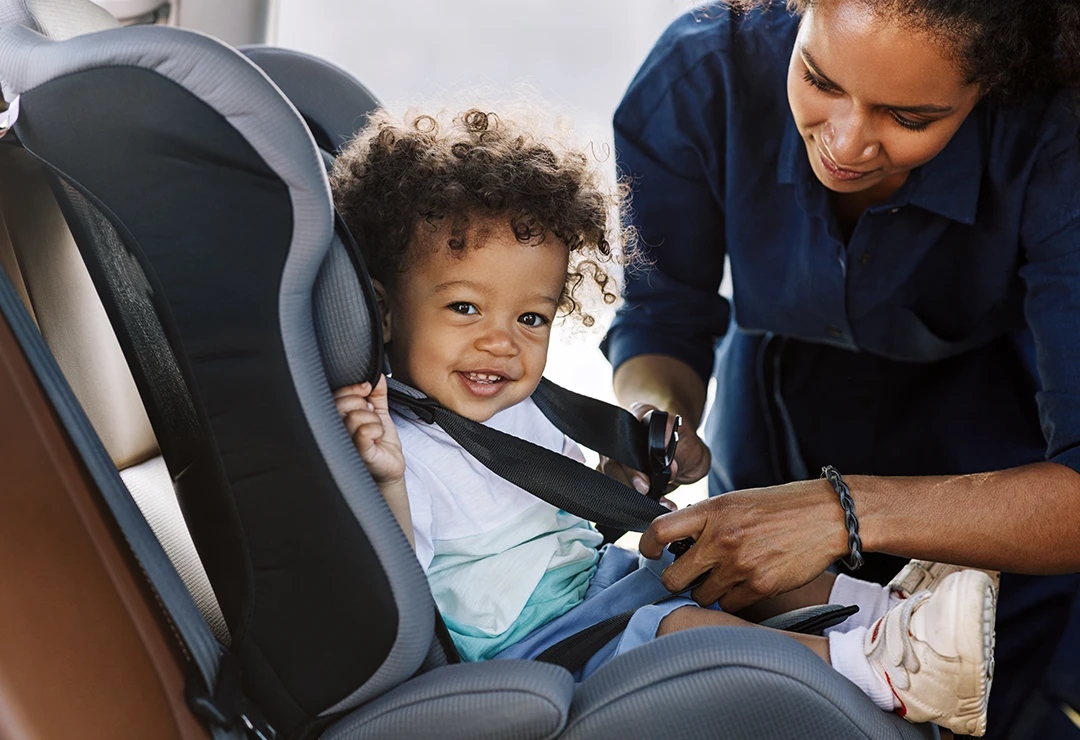Helpful parenting resources
We’ve curated the most useful links, services, books, questionnaires, and car seat safety information to help you have the happiest, healthiest parenting experience possible.
Useful links
Expert Baby Proofing Services
America’s Professional Association of Pediatricians
The National Public Health Institute of the United States
A National Health Promotion Initiative dedicated to optimizing Childhood Health
Important Vaccination Information
A Database of Pediatric Information and Resources
The AAP’s Parenting Website
Helpful services
Expert Baby Proofing Services
A Valuable Breastfeeding Web Resource
An Educational Mother-Baby Bonding Class(formerly OC Mommy and Me)
Postpartum Doula Services
CA Department of Public Health: Newborn Screening
OP’s Book Club picks!
Choosing the perfect car seat
Let’s select the right type of car seat for your child’s age, weight, and height…
For our littlest ones (premature babies)
Slightly reclined rear-facing seats
On the way home from the hospital, premature babies should be safely secured in rear-facing-only seats that are slightly reclined. Other preterm babies need to undergo testing at the hospital to be sure that they are strong and healthy enough to safely make the trip home!
Infants and Toddlers
Rear-facing seats
Infants will fit securely in rear-facing seats until the age of two or when they reach the seat’s maximum weight or height. Since these seats include a base that is left inside your car, you may want to buy additional bases if you plan to use the seat in multiple cars.
Convertible seats
Once your child turns one year old, rear-facing convertible seats are also a great option. Ideal for kids under 40 to 50 pounds, these seats include a five-point harness which attaches near the shoulders, between the legs, and at the hips.
3-in-1 seats
Ideal for larger babies or toddlers, 3-in-1 seats must face backward to be used properly. Often larger in size, always measure your back seat to make sure that this type of seat fits properly after installation. Since they do not come with bases, these seats can be easier for parents who want to use multiple cars.
Growing toddlers and preschoolers
Forward-facing seats
When your little one ages out of their rear-facing seat, it’s time to switch to a forward-facing seat with harnesses. When your child begins growing and their legs begin to touch the back of the seat, don’t worry! Kids can bend their knees and are not at a higher risk for injuries.
School-aged kids
Booster seats
Once your child reaches the size limit of their forward-facing car seat, it’s time to transition to booster seats until your car’s seat belt can fit them properly. This usually happens at around 8-12 years old or when they reach 4’9” tall. Remember, kids must sit in the backseat until they are 13 years old.

Achieving perfect installation
Please follow these safety tips to properly install your child’s car seat…
Instructions
It is essential to read and carefully follow the directions in your car seat manual and your car’s manual before you install your child’s car seat.
Location
The safest place for your infant is in the middle seat of the back row away from active airbags. However, some middle seats are missing the lower anchor and tether system (LATCH) or are too small, narrow, or uneven to install the seat tightly. In this case, a side seat may be the best option for you. If you are unsure, please consult a professional about which seat is safest for your child.
Fit
Use either the seat belt or LATCH system (for kids under 65 pounds) to secure the car seat and make sure that it does not move more than an inch in any direction. If you are using the seat belt, make sure it locks the seat in place tightly. Please keep in mind that the top tether should always be used for forward-facing seats.
Harnessing
For rear-facing seats, harnesses should be placed in the slots below the child’s shoulders and shouldn’t be able to move more than an inch side to side.
Angle
Make sure the car seat is at the correct angle to protect your child’s neck and head from flipping forward.
What to avoid
Here are a few signs that your child may not be protected in an accident…
Expired or damaged seats
Don’t use car seats that are old, expired, damaged, or missing parts. If you are unsure, contact the manufacturer to find out how long the seat can be used until it is no longer safe.
Missing instructions
Avoid any car seats that don’t come with instructions or car seat guidelines.
Recalls or missing parts
Throw away any seats that have been recalled or that are missing any parts.
Seats used during an accident
Never use any seats that have been used during a collision. They can be faulty in future accidents and are therefore considered defective.
Proper harnessing
Ensure the harness is snug with the chest clip at armpit level.
Timely transitions
Rear-facing seats are essential to best support your baby’s head, neck, and spine so please continue to have your little one ride in this direction for as long as possible until they reach the maximum height or weight limits the car seat will allow. Be sure to keep your child in each car seat stage until they fully outgrow it.
Improper use
Only use your car seats for their intended purpose. For example, rear-facing only and convertible seats should never be used for sleeping, feeding, or other uses outside the car.
Choosing based on price
Please do not allow the price of a car seat to influence your purchasing decision. Instead, research reviews and crash ratings and talk to your pediatrician to ensure a car seat is a safe choice for your child long-term. The best car seat is the one that correctly fits your child.
Bulky clothing
Avoid heavy coats and pants that can make the car seat too snug. Instead, use thin clothing and avoid adding any inserts or padding unless it came with your car seat.



